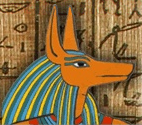
Maths made fun! Pharaoh’s Formulae: a fun approach to Egyptian Mathematics.
Published by Wendy Goodridge (Assistant Curator, the Egypt Centre) on Egyptological, In Brief, on 3rd August 2012. The Egypt Centre, at Swansea University, was faced with the threat of loosing school party visits when ancient Egyptian history was taken from the National Curriculum in Wales. The education programme was re-vamped, with advice from local […] [more…]
Edition - July, 2012

Babi: Bull of the Baboons
By Andrea Byrnes. Published on Egyptological, In Brief, 26th July 2012 Ferocious and alarming, baboons are amongst nature’s aggressive species. With vast teeth, which they are all too willing to display, brightly coloured rear quarters and loud, screeching voices, they make an impression. They are also sociable animals, at least amongst themselves, forming tight […] [more…]
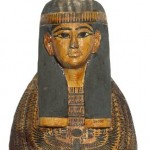
21st Dynasty Mummification
By Michelle HY Low. Published on Egyptological, In Brief, 24th July 2012. The death of Ramesses XI marked the end of the 20th Dynasty and the New Kingdom, which consequently led to the emergence of the 21st Dynasty and the Third Intermediate Period. With the emergence of this new era, Egypt experienced an instability not […] [more…]
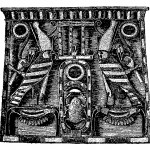
Book and CD Review: Ancient Egyptian Designs and Motifs
By Andrea Byrnes. Published in In Brief, on Egyptological. 18th July 2012. Ancient Egyptian Designs and Motifs CD-Rom and Book (451 Royalty Free Designs) Dover Publications 2006 ISBN-9780486997612 Introduction I saw this for sale on special offer in a bookshop and bought it out of curiosity, not for any specific purpose, […] [more…]
Edition - June, 2012
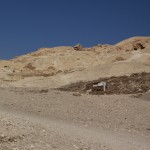
The Mystery of Psusenes III
John Gardner Wilkinson published his ‘Materia Hieroglyphica’ in Malta in 1828, having spent the previous year in Luxor recording inscriptions in the Nobles’ Tombs. The most important aspect of this volume is the inclusion of records from the Theban Tomb TTA18 which early Egyptologists used to identify pharaoh Psusenes III. As TTA18 contains the only mention of Psusenes III, some scholars are starting to doubt if this identification of an otherwise unattested pharaoh was at all correct. Others probed into the possibility that Psusenes III is the same person as Psusenes II. Yet others see Psusenes III as High Priest of Amen only. [more…]
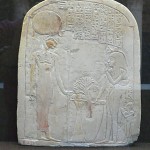
An Offering to Henut-Mestjet
All Ancient Egyptian lion deities share the same basic attributes. Capable of great rage and great kindness, some are associated very closely with the Eye of Ra and all were considered to be important protectors of the dead, fierce and nurturing protectors. Of all the leonine deities the most elusive is Henut-Mestjet, or Mestjet. [more…]
Edition - May, 2012
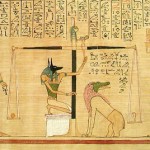
Ammit – Mother of the Sphinx?
In the 1st century BC, the pragmatic Roman orator, Cicero (De Natura Deorum 2, 2) felt that in his educated and informed age, “those inventions of the imagination” ought to be put aside. For he enquired: “Who believes that the Hippocentaurus or the Chimaera ever existed”? [more…]
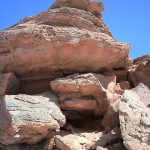
Vernacular Voices: Phopis, A Romano-Egyptian
In the transition to Late Antiquity, an undercurrent of vernacular culture across the Roman Empire was beginning to reassert its voice, as people on the margins of society grew in confidence. Many people were illiterate, or at least were only able to write their own name. So how can we be sure when and how this happened? One way is to listen to the voices of local people and ordinary travellers, as they took their rest in the shade. [more…]
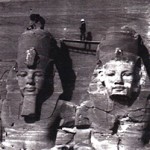
Review: Lost Nubia. A Centennial Exhibit of Photographs from the 1905-1907 Egyptian Expedition of the University of Cairo
This book, produced to complement the exhibition of the same name, is essentially a catalogue of the photographs. Preceded by a three and a half page Introduction and followed by a one and a half page Epilogue and a map of the Nile between the Sixth Cataract and the sea, the main body of the book presents some fabulous photos in black and white from the exhibition, accompanied with detailed explanations. [more…]

 By
By